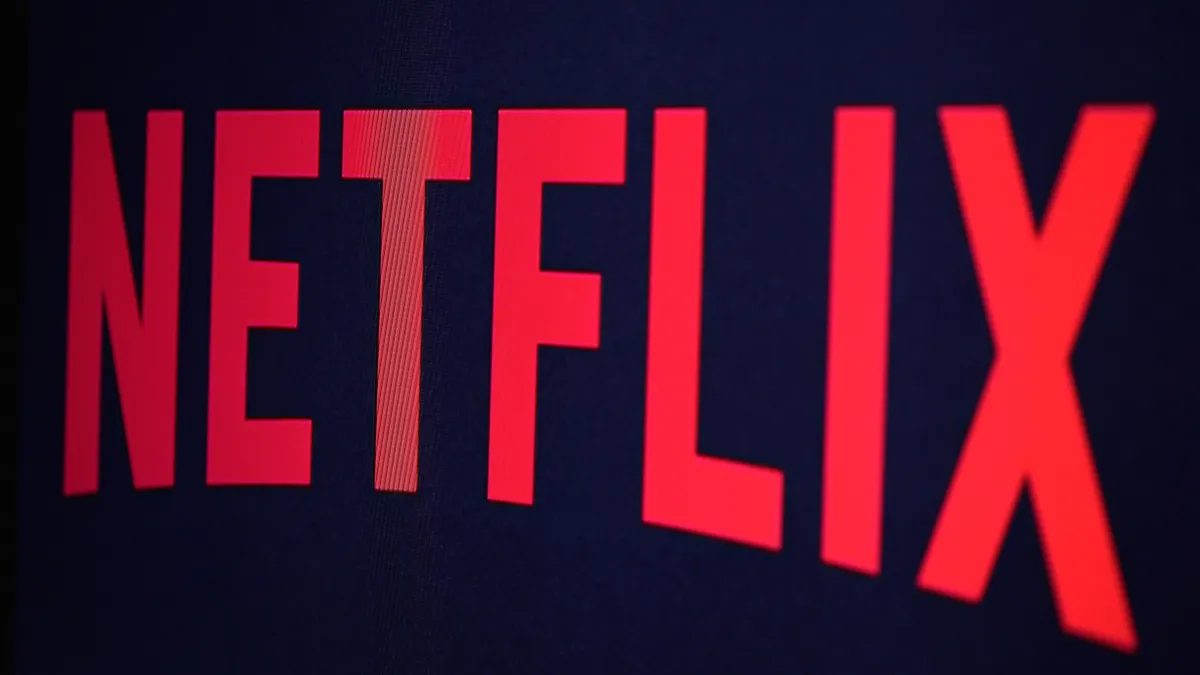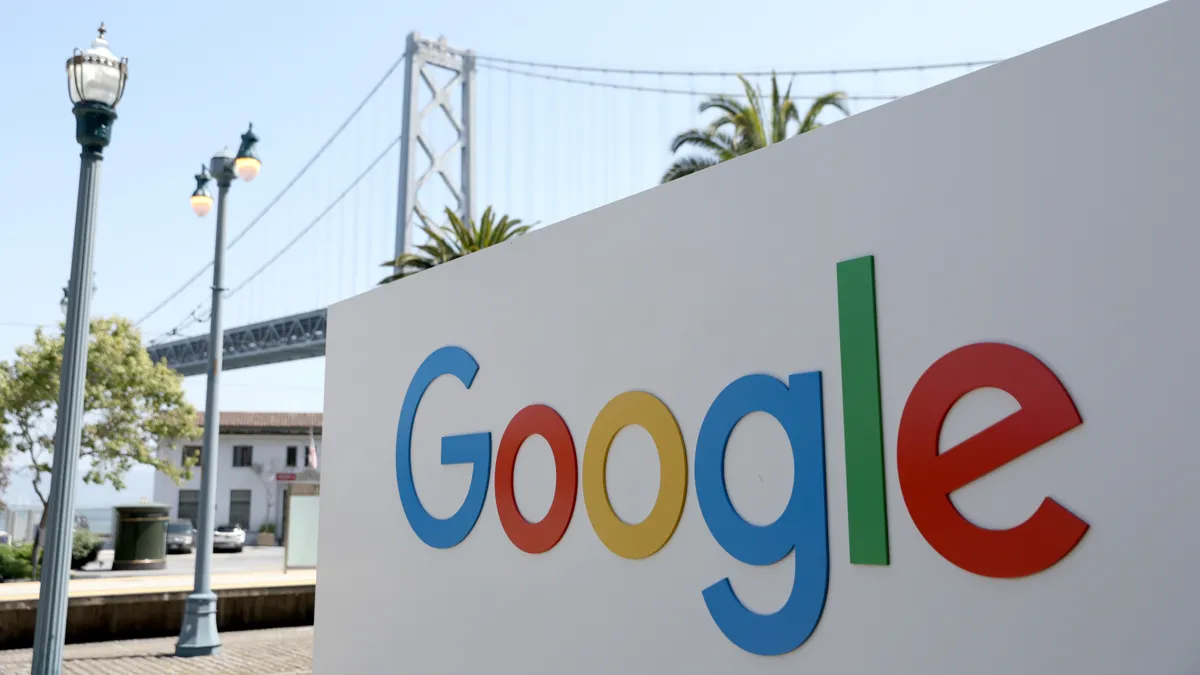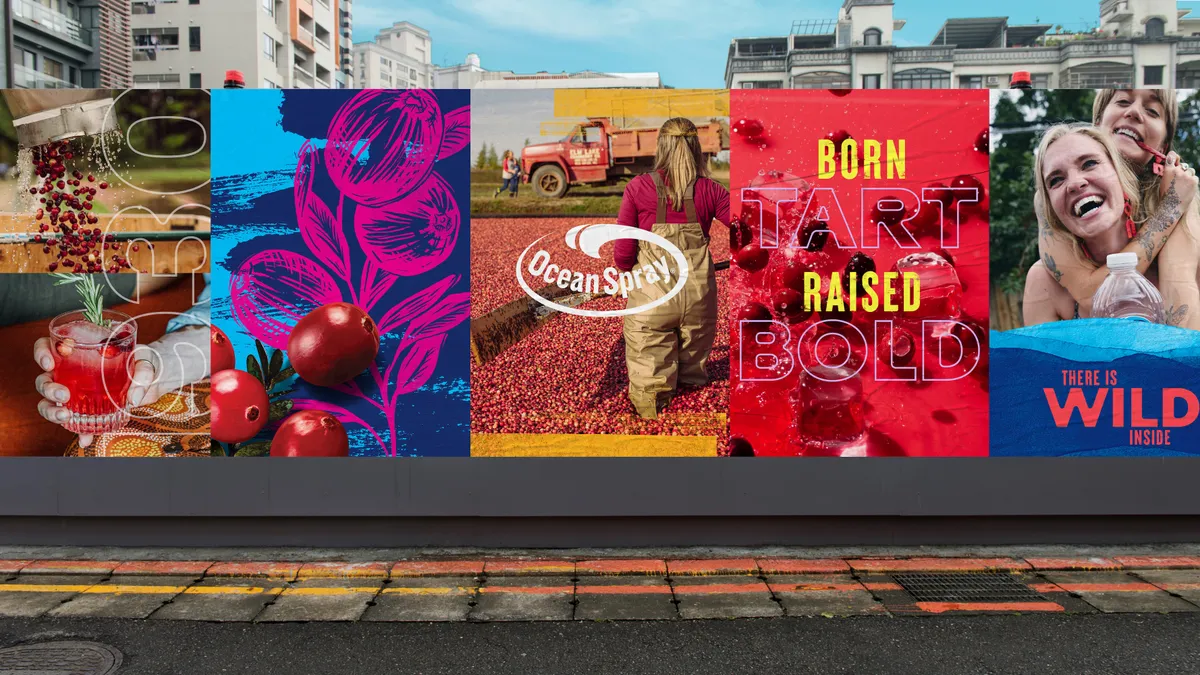Netflix’s global ad president Jeremi Gorman is departing just a little over a year after joining the entertainment company. The executive was poached from Snap along with Peter Naylor in August 2022 to get the streamer’s ad-supported tier off the ground.
Gorman will be replaced by Amy Reinhard, who previously served as vice president of Netflix’s studio operations. Naylor is staying on as Netflix’s vice president of global ad sales, per Ad Age. Netflix this week also promoted Elizabeth Stone to chief technology officer and Eunice Kim to chief product officer, Variety reported.
“My passion is scaling businesses from the early stages, which I have done many times — none more exciting than at Netflix. We’ve built a world-class team and laid the foundations needed to create a forever ads business,” said Gorman in a statement shared by Netflix.
“The stories at Netflix are second-to-none, and brands are eager to be a part of that zeitgeist. Working alongside Amy on the leadership team for the past year, I've seen her operational excellence and entertainment expertise firsthand, which will help enable brands to benefit from ‘The Netflix Effect’ in new and remarkable ways,” added Gorman.
Netflix’s ad-supported plan, which launched in the U.S. in November and costs $6.99 a month, represents uncharted territory for a platform that long balked at the idea of commercials. Netflix has been working with Microsoft on building out its ad sales and ad-tech operations. The tech giant was a dark horse pick for handling those duties and the relationship has reportedly not been without its bumps in the road. Netflix has also enlisted other third parties to round out the division, including ad verification and measurement partners Integral Ad Science and DoubleVerify.
Netflix brass has frequently reiterated the company is taking a “crawl, walk, run” approach to standing up an ad segment, with progress still in the “crawl” stage. Revenue grew nearly 3% to $8.2 billion in the second quarter, but advertising was not yet “material” to the bottom line. Executives have previously indicated that they expect advertising will eventually drive at least 10% of total revenue.
Netflix’s advertising formats are fairly barebones and the platform is only pushing a limited amount of commercials to avoid frustrating viewers who are accustomed to an interruption-free experience. Marketers including NYX Professional Makeup, L’Oreal Paris, AB InBev, Subway and Google have run campaigns on the service.
Netflix at its first upfronts presentation in the spring said that its ad-supported tier attracted about 5 million subscribers within the first six months of its rollout. The streamer is now mulling raising the price of its ad-free plan once the SAG-AFTRA strike is resolved, according to The Wall Street Journal, a move that might push more consumers toward its cheaper ad-supported tier.
Netflix isn’t alone in ramping up its overtures to Madison Avenue. Amazon in September announced it would start playing a limited number of commercials around TV and movies on Prime Video, a significant expansion of its monetization efforts for the streamer. Max and Disney+ have also made ad-supported options a bigger priority as the streaming category at large begins to focus more on profitability over raw subscriber growth.















